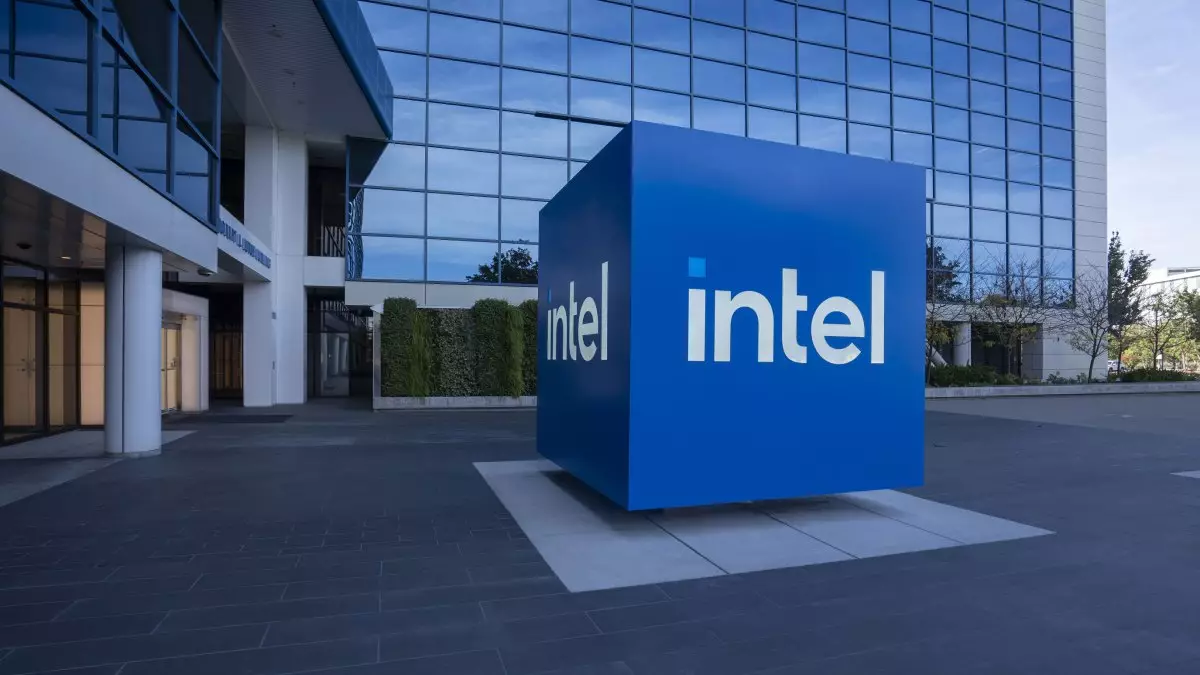In a bold attempt to reinvigorate its brand and portfolio, Intel recently unveiled its latest chip lineup at CES 2025. This comes on the heels of a particularly tough year, marked by the company’s most significant challenges since it went public in 1971. The executive shuffle, following the departure of CEO Pat Gelsinger, has raised the stakes for the semiconductor giant, compelling it to prove its mettle in an increasingly competitive landscape.
Intel’s 2024 had been turbulent, primarily due to serious overheating issues plaguing its 13th- and 14th-generation Core CPUs. These problems took nearly a year to address, casting a shadow over the company’s reputation and raising concerns about its ability to innovate effectively. The new product announcement is not just a release; it symbolizes a pivotal moment for Intel as it seeks to regain its prominence in the tech industry. With consumer confidence wavering, the latest processors introduced span a wide range, targeting everyone from casual users to high-performance seekers.
The newly launched processors comprise a variety of models aimed at catering to distinct market needs. Highlighting this diversity, Intel has introduced the Core Ultra Series 2, with models like the Core Ultra 200H, specifically designed for thin and light systems, as well as the robust Core Ultra 200V. This flexibility in offerings not only underscores Intel’s intent to appeal to various consumer segments but also reflects an understanding of modern computing demands which prioritize efficiency and performance.
The complete list of new chips indicates a deliberate effort to rejuvenate Intel’s image. Models such as the Core 3 targeted at lighter tasks, alongside the high-performance Core Ultra 200H, showcase the company’s commitment to delivering advanced technology for all types of computing needs. Moreover, this latest lineup includes 35-watt low-power variants and robust options reaching up to 125 watts, providing users with choices tailored to their specific applications, whether it be casual browsing or intensive gaming.
Intel has taken significant measures to enhance the architecture of its new chipsets. Each of the newly minted Core Ultra processors melds power and efficiency through a multi-core design that incorporates performance-centric P-cores and efficiency-focused E-cores, along with novel low-power E-cores tailored for minimal energy consumption. This tripartite core model demonstrates Intel’s acknowledgment of shifting user requirements where energy efficiency is gaining more importance, particularly in light of sustainability concerns.
In addition to its core configuration, Intel has integrated advanced features like AI-based power management within this generation of P-cores. Additionally, the newly introduced E-cores are billed as the most efficient to date, evidencing a clear commitment to innovation. The emphasis on a streamlined and enhanced power delivery system speaks to a future-ready strategy that accommodates contemporary applications reliant on machine learning and artificial intelligence.
Notably, the inclusion of Intel’s latest built-in graphics technology across selected Core Ultra series is a significant draw. The integration of Intel Arc graphics for certain processors aligns with current trends that see users demanding more robust visual performance for gaming and content creation. Furthermore, the new AI accelerator technology—dubbed AI Boost—within several chip variants shows that Intel is not just catching up but is keen on leading the charge in AI performance in consumer electronics.
One of the standout features is the neural processing unit (NPU) included in premium models such as the Core Ultra 200V. With double the bandwidth of its predecessor, its capabilities will likely meet the rising demand for high-performance AI applications, positioning Intel favorably in the market where AI’s relevance continues to burgeon.
With its new chips, Intel is keen to carve out specific niches. The Core Ultra 200H is aimed at performance-conscious users, while the 200V models are touted as solutions for commercial applications. This targeted marketing reflects an awareness of the competitive landscape, where specifications matter greatly. The inclusion of security-focused features, such as the Pluton security co-processor, addresses growing concerns surrounding hardware vulnerabilities, making these processors attractive for enterprise-level deployments.
While Intel faces a formidable task of regaining its stature amid fierce competition, the new processor lineup unveiled at CES 2025 is a hopeful sign of the company’s resilience. With innovative technology, diverse product offerings, and a laser focus on efficiency, Intel is poised to take significant strides forward, potentially setting a new benchmark for the semiconductor market. The success of these endeavors, however, remains contingent on their execution in the marketplace and the reception from consumers and enterprises alike.

